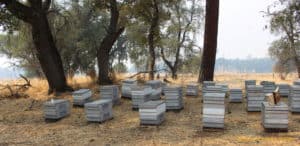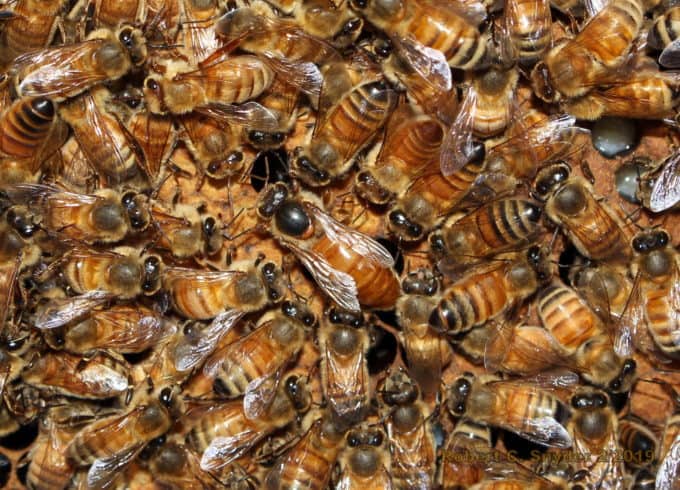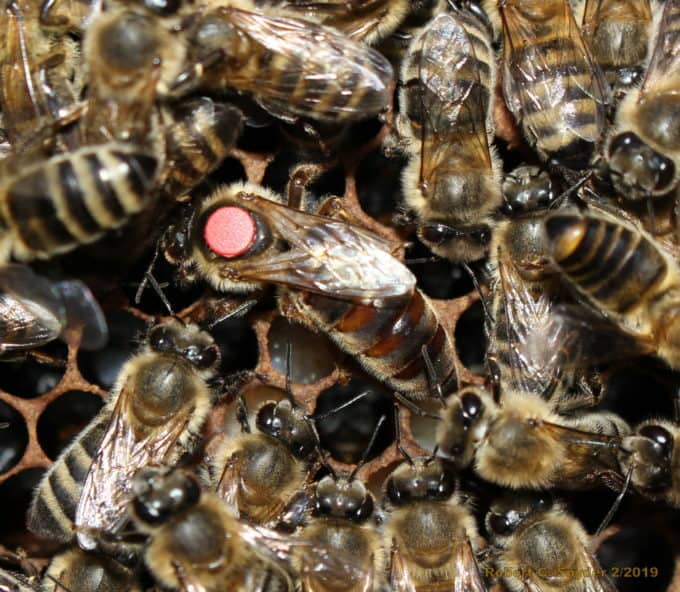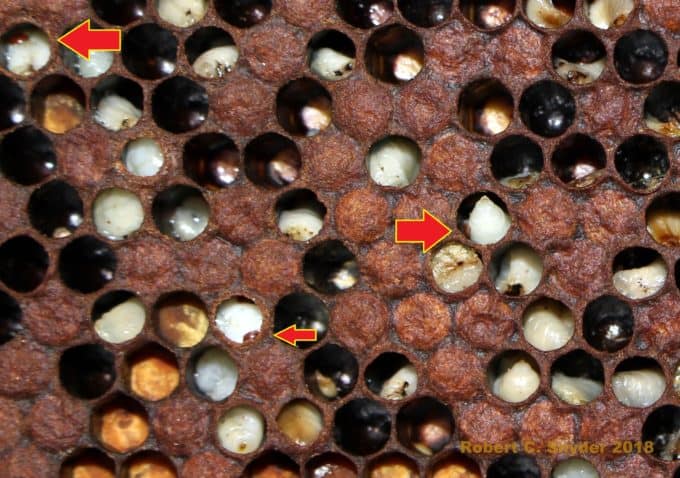Many California beekeepers reported that the start of this year was the worst in 20+ years. Several factors contributed to this year’s issues, starting with the numerous fires last year causing nearly 3 months of smoke in the area.


Once the days got longer, queens started laying but the temperatures dropped again and egg laying stopped once more resulting in smaller colonies after almonds. In fact, most colonies were 2-3 weeks or even a month behind, which delayed the start of queen production. Many producers had to source bulk bees from beekeepers further south to begin starters, builders and nucs.


Once queen producers started generating nucs, the weather conditions were still challenging enough that the windows of opportunities for queens to mate were narrow at best. However, many queen producers found the first round of catching queens resulted in better than expected mating percentages, allowing them to somewhat catch up on orders and start replacing their own queens. Around this time beekeepers were treating with terramycin to combat European foulbrood (EFB). Some beekeepers believe as I do, that fungicides play a roll in colonies being more susceptible to brood diseases especially EFB. I do think that some of the EFB outbreaks we see are due to the way commercial beekeepers and queen producers manipulate colonies to shake bulk bees.


Currently queen producers are re-queening and treating their colonies before shipping off to summer honey and pollination locations. The late spring has provided more rain than the past 8 years and many beekeepers say that rain in May increases the star thistle crop. We are hopeful this year will be a great star thistle honey crop, helping to restore lost colonies and recover some of the income lost due to the late start on queen production.